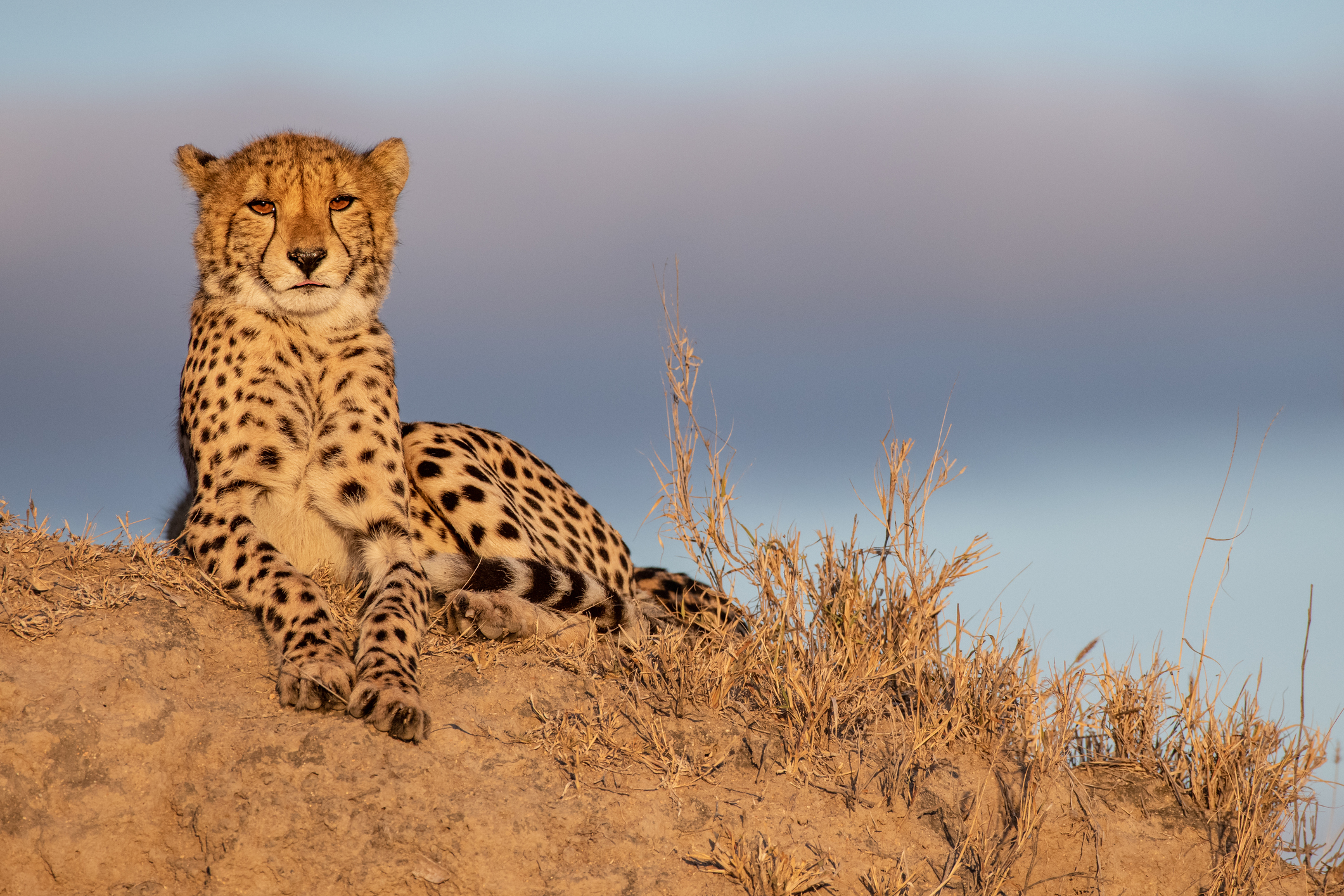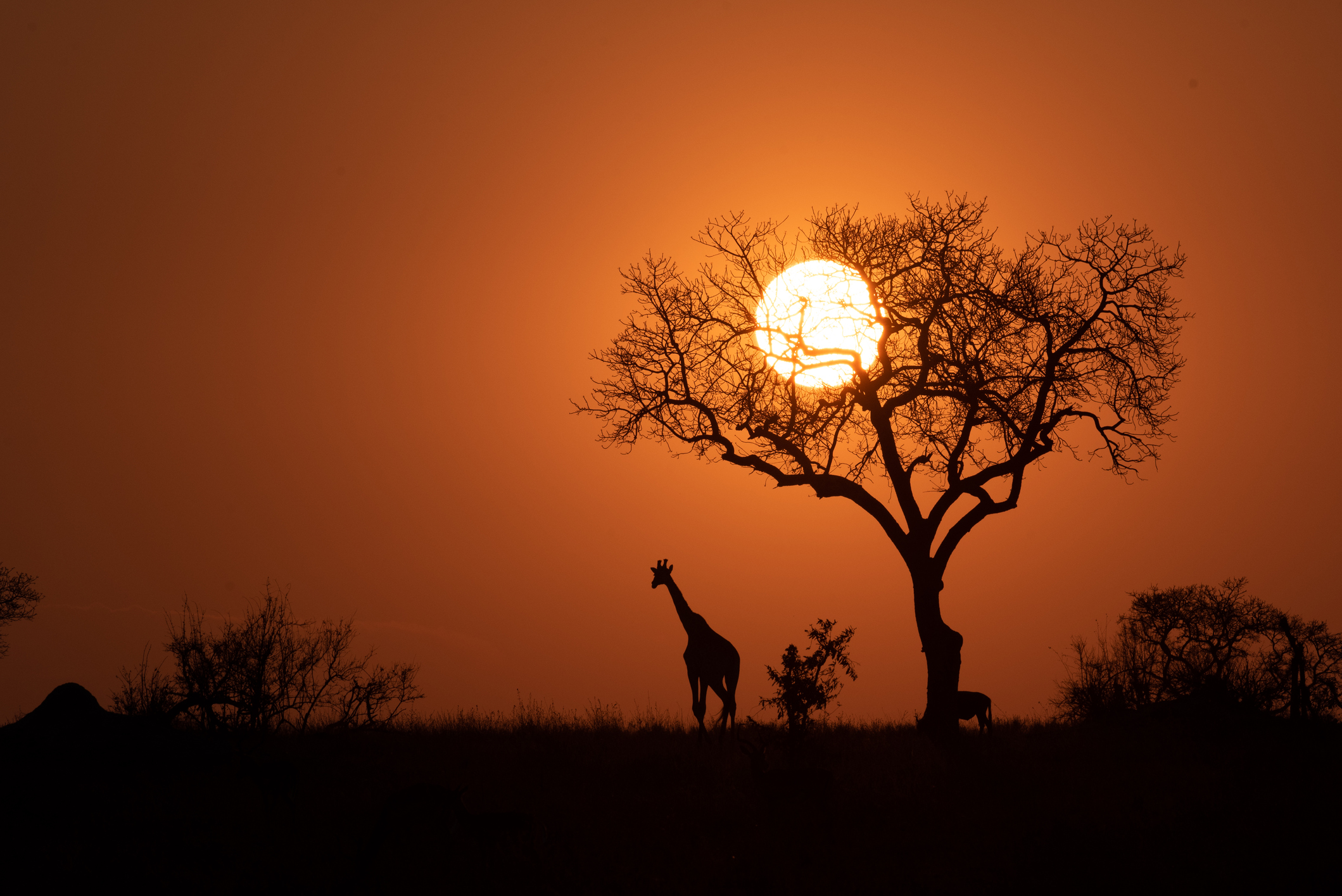Do you photograph wildlife & wilderness? You need to STOP tagging your location
Poachers use geotagging on social media to locate rare animals. Here’s how you can stop being part of the problem

You just saw a rhino – and you got a photo. What an amazing shot! What an incredible experience! You’ve got to share it! As soon as you get back to the safari lodge, that shot is going straight on social media. You’ll add a caption, details of what lens and settings you used and, of course, you’ll add the name of the national park or game reserve so that your followers know where you are. Maybe they can visit one day, too. Let all photographers help other photographers!
Carry on treating wildlife like any other subject that you point your lens at, however, and you could be the last photographer ever to see that animal alive.
• If you're heading on a photo safari, pack the best camera for wildlife photography
That may sound like an extreme statement but, on a recent trip to Africa, my eyes were opened to the harsh truth of social media’s impact after seeing one of the ‘big five’ in the wild. Each time a photographer captures a rhino and tags the exact location, photographers of all kinds follow. Photographers and, sadly, also poachers.

Why not to use geotagging on safari
This is not about keeping your photographs secret. It’s not about elitist gatekeeping of subjects. It’s about understanding that your camera – and particularly your smartphone – must be used responsibly. If you just saw a rhino then you’re in a place that poachers would love to know about. Guess what they use to find rare animals to slaughter and sell?
Note that I’m not even telling you which country I visited – and I’m definitely not saying where I saw it – but I admit that I would probably have uploaded images with geotags if I hadn’t talked to an in-situ conservationist.
What they told me about rhino shocked me. Between 1960 and 1995, black rhino numbers dropped by 98% to less than 2,500 individuals according to the World Wildlife Fund. And while the species has made a comeback since then, rhinos – and their keepers – are in constant perilous danger. Not only because of a desire in Asia for the perceived medicinal benefits of rhino horn, but because of tourists and photographers who are desperate to photograph them.
Get the Digital Camera World Newsletter
The best camera deals, reviews, product advice, and unmissable photography news, direct to your inbox!
How poachers use your photos
That puts the people who desperately try to breed them and protect them from poachers in the line of fire. Anywhere that has rhinos needs 24/7 security. Rhinos are expensive and dangerous to keep – which is why some conservationists, if they do decide to keep them, actually keep them secret from visitors.
“You don’t want people walking on your property with AK-47s and you don't want to go on a Sunday drive and find a rhino that's half alive with his face chopped off,” I was told by a source that, if I reveal their name or location, will also reveal where I saw the rhino. “So you say no, I don’t want to take rhino.”
That makes it so important, if you do stumble across a rhino, to keep such locations secret. Everyone wants to photograph a rhino. I heard stories about tourists who don’t care at all about conservation efforts and are not interested in learning anything about endangered animals. They just want to take a photo and share it on social media, which is a major driver in other tourists coming to a specific place in search of rare animals.
Instagram and other social media sites that include the location of the uploaded photo have become ideal places for poachers. Where tourists come and post photos of rhinos, armed poachers follow. Then even more tourists, and more poachers. The same goes for pangolins, lions, mountain gorillas, leopards and cheetahs.

It’s your responsibility
Rhino horn is more valuable than gold per ounce – and it’s rising in value. The dealers don’t care if there are no rhinos left in this world, because they’ve stockpiled rhino horn. “When the last rhino is shot is when they can charge whatever they want,” said my source.
Tourism is such an important source of income in Africa that there’s a temptation to give tourists what they want and let them do whatever they want with their photos. However, things are changing. “We tell our guests not to put their pictures on social media. We beg them,” I’m told. So don’t be surprised if you go to Africa in search of the ‘big five’ and never hear the word ‘rhino’. Most places that do have them won’t advertise it. “They’re not in the brochures any more,” said my source.
That’s particularly forward-thinking. I’ve been on game drives in the past and seen rhino without anyone even mentioning this geotag debate. The guides – who care deeply about the animals they find for you – want you to be happy, ultimately so that you tip them. I’ve even seen guides feeding wild animals to attract them closer to a safari jeep. I’ve also seen tourists not ten feet away from incredibly rare animals yawning and completely uninterested.
The lesson here is to call out bad behavior and, if you do photograph a rare animal, keep its location secret. Encourage your fellow photographers to follow your example.
How to remove a location from social media photos
It’s easy not to add location – just don’t interact with the ‘add location’ box when posting a photo – though you could consider just using ‘Africa’, the name of the country, or something equally as generic. If you want to remove your location from an old Instagram post then find the photos, tap the 'three dots' icon, select 'Edit', tap the location below your username then select 'remove location' on the pop-up tab.
It’s just as important not to spell out the name of the reserve or park in your written caption. You could even consider making a point of why you’re not sharing the location. After all, education is at the heart of this issue.

Don’t accidentally give away your location
Just be sure you don’t also add images of other, less endangered animals, on either side of your anonymous rhino photo. If you’re getting all virtuous about not posting the location of a rhino but accidentally share where you photographed, say, a zebra, earlier that day, then it’s easy for poachers to work out where you were.
It’s also wise not to include any recognizable landmarks in your photos, such as buildings and particularly branded safari jeeps. Perhaps it’s best not to share your location at all when photographing wildlife.
This is not about elitism. It’s not about keeping something secret and purposefully preventing other people from copying your shots. It’s about respecting the animals you’ve photographed – and the incredible selfless people who are struggling to balance conservation with access. As educated, enlightened photographers it’s our responsibility not to be part of the problem.
Are you going on a safari soon? Check out all the gear you will need to get incredible (and responsible) photos with our guides to the best lenses for wildlife, the best travel cameras and the best telephoto lenses.

Jamie has been writing about photography, astronomy, astro-tourism and astrophotography for over 15 years, producing content for Forbes, Space.com, Live Science, Techradar, T3, BBC Wildlife, Science Focus, Sky & Telescope, BBC Sky At Night, South China Morning Post, The Guardian, The Telegraph and Travel+Leisure.
As the editor for When Is The Next Eclipse, he has a wealth of experience, expertise and enthusiasm for astrophotography, from capturing the moon and meteor showers to solar and lunar eclipses.
He also brings a great deal of knowledge on action cameras, 360 cameras, AI cameras, camera backpacks, telescopes, gimbals, tripods and all manner of photography equipment.
